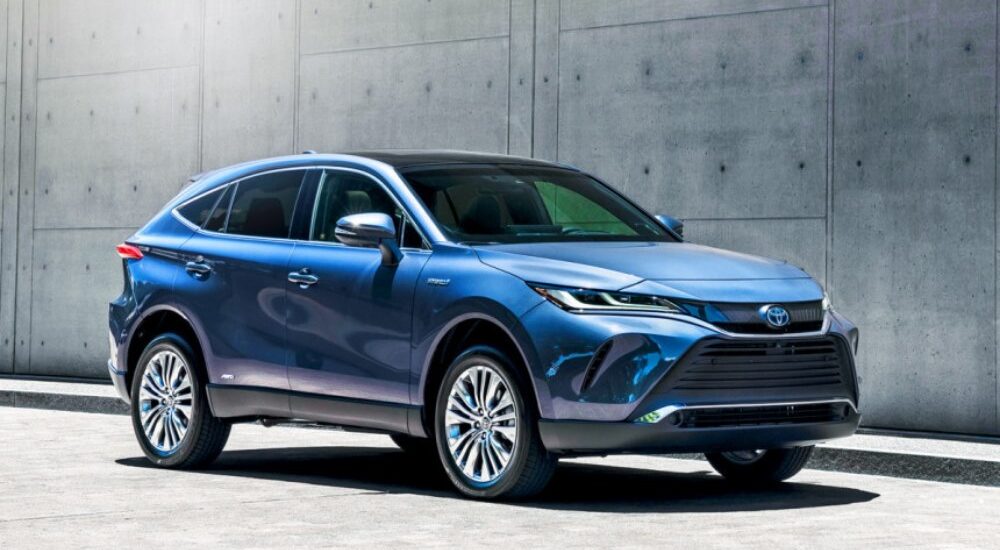Why is the new Toyota Venza a CatDog? Our test in America.
Why can’t the Toyota Venza gain traction in America? I took the current generation car for a short test drive in Florida and it seems I figured out what the issue is.
The name Venza comes from the fusion of the words “venture” (meaning “daring” or “boldness”) and “Monza”, an Italian region with a racing track of the same name.
However, the bold onslaught somehow didn’t work out. After all, the first-generation Toyota Venza was based on the XV40 series Camry platform and was introduced in 2008 as an attempt by Toyota’s American division to fill the gap between the RAV4 and Highlander crossovers. The result was something of a CatDog – not quite a station wagon, but not yet a crossover. In its first full year of sales, the Venza found 54,000 buyers, but then sales declined. A mild facelift in 2012 slightly revived interest, but three years later the company quietly removed the car from the market.
As the Ford Edge and Honda Passport were selling quite well, the Toyota decided to give Venza another try in 2020. They neither developed a new car nor even produced it in America. Instead, they simply brought Japanese Harrier to the US and renamed it.

By the way, do you remember that the Lexus RX was based on the first two generations of the Toyota Harrier? However, starting with the third generation, the Harrier became a standalone model – and the current, fourth generation, is a logical continuation of the third. Although the new Venza is named after the original one, it has no “metal” kinship with it. Moreover, it is 60 mm shorter (now 4740 mm) but 50 mm taller (now 1660 mm). The wheelbase is exactly the same as the RAV4’s, at 2690 mm, compared to 2775 mm in the old one.
The Venza does not aim to be a flagship model, but its aesthetic is appealing. The presence of the Toyota emblem can often overshadow any assembly imperfections. For instance, there are discrepancies in the alignment of the chrome window trim near the side mirrors. There is also the inclusion of a plastic extension at the front, allowing for the hood to be shortened, reminiscent of early VAZ-2108 designs. Additionally, the taillights feature the contemporary single-strip design, which is easily identifiable. However, due to the design constraints, the turn signals could not be incorporated within them and are instead positioned lower, adjacent to the fog lights, in the form of a slim LED strip which is not the most optimal configuration.
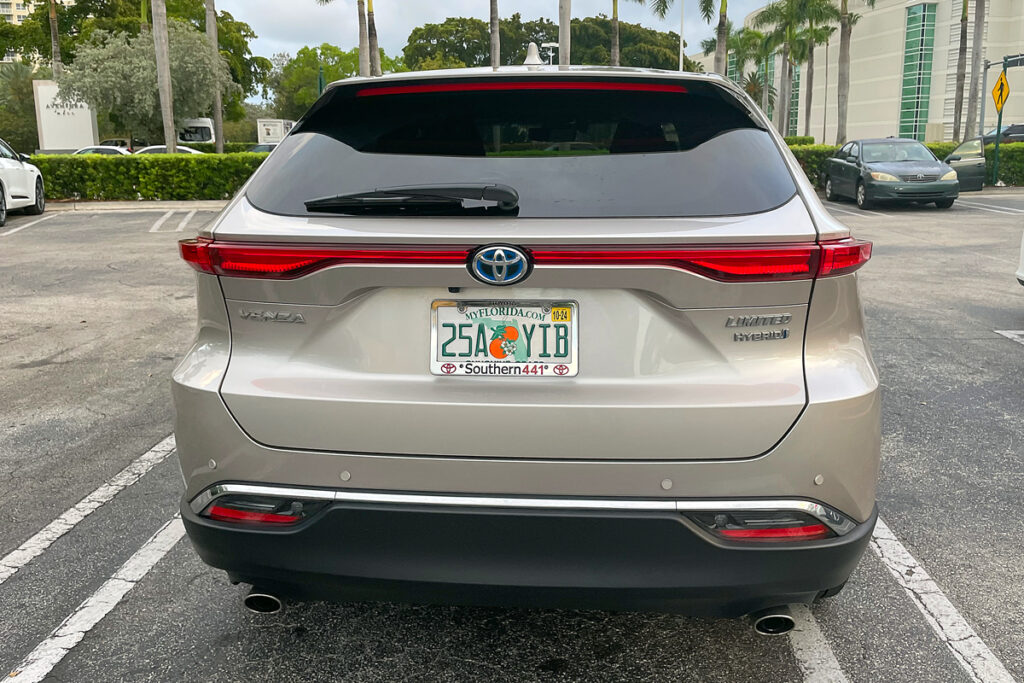
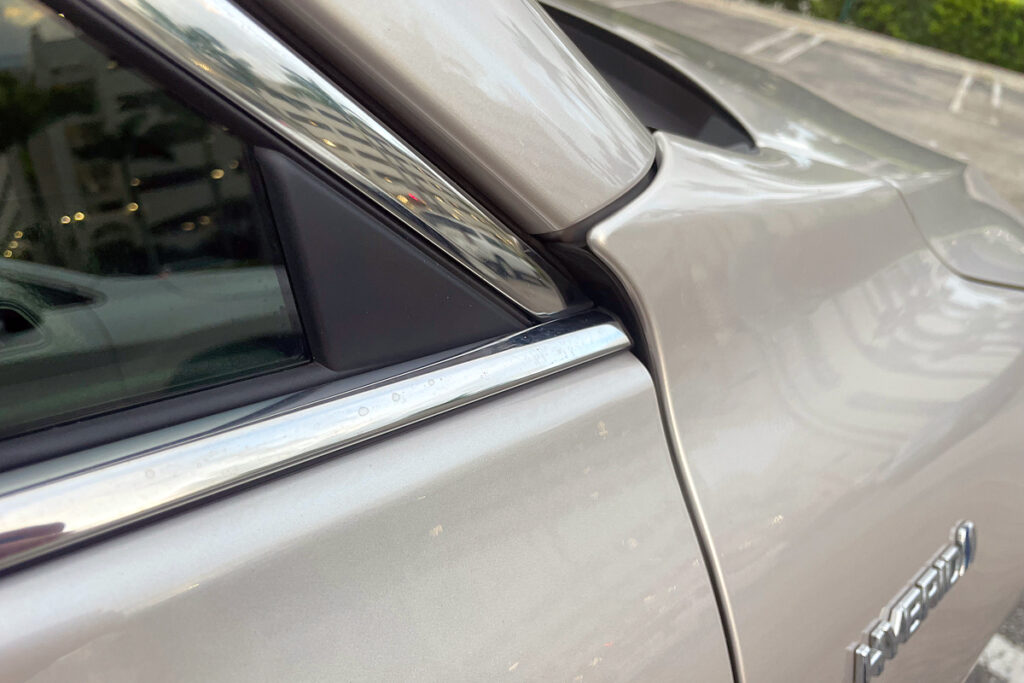
Inside, absolutley everything above waist-level is upholstered with synthetic leather, tightly stretched over a rigid surface in keeping with a longstanding Toyota tradition. Yes, there is a soft trim that runs the entire width of the dashboard, but it’s only about five centimeters deep, and everything else is covered with hard plastic. Consequently, the perception of quality is somewhat diminished. Imagine a similar interior in a Chinese car – it would likely be met with heavy criticism. However, Toyota manages to get a pass on these issues, as the saying goes, ‘at least it’s reliable’.
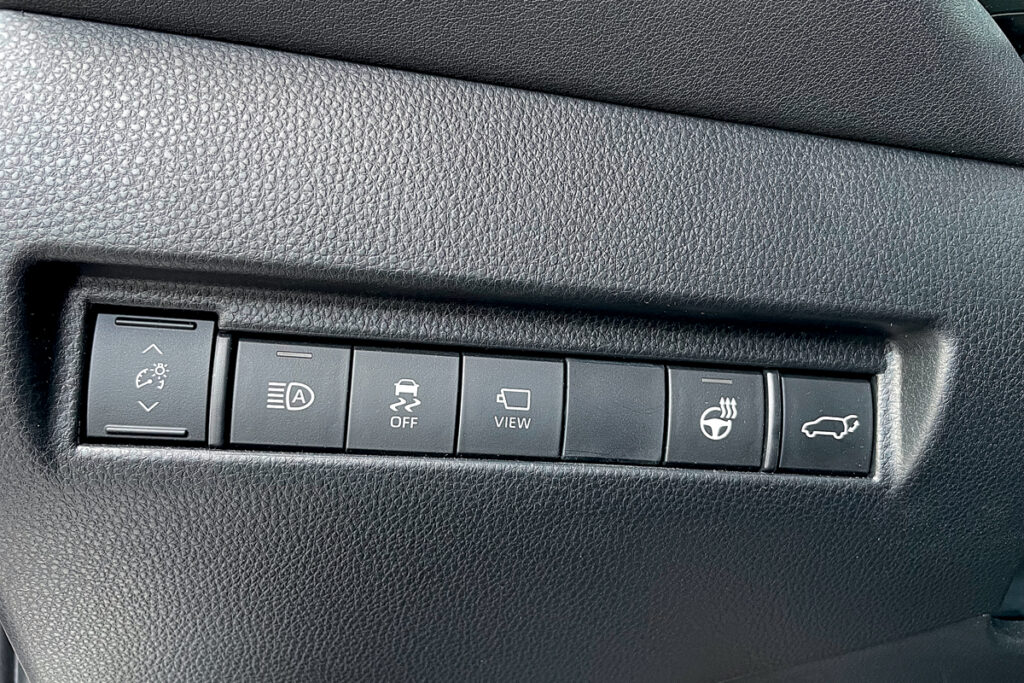
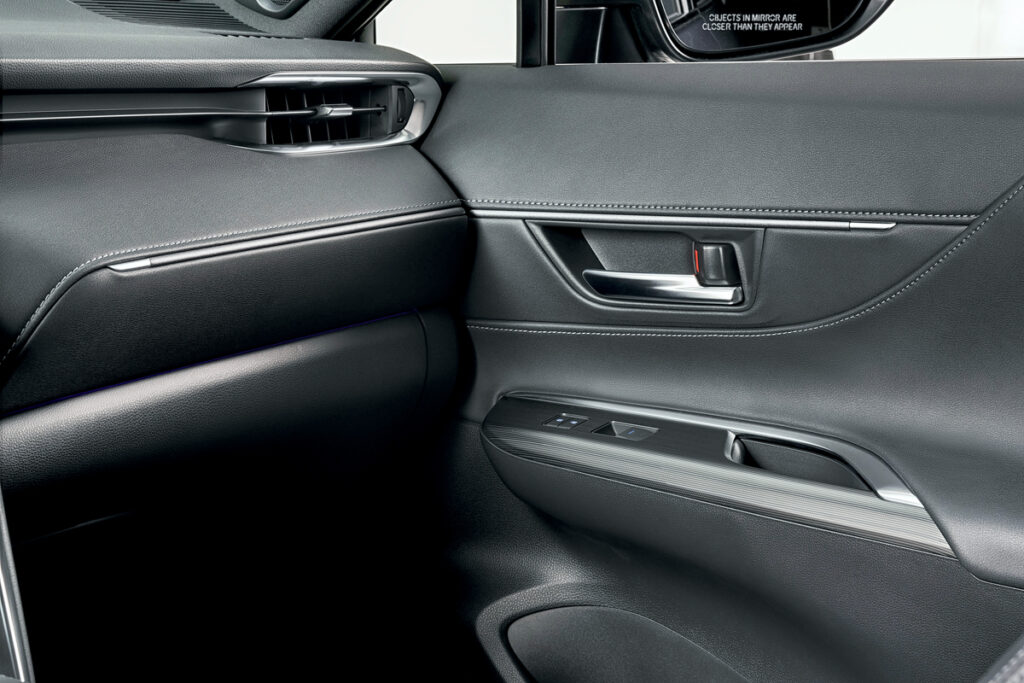
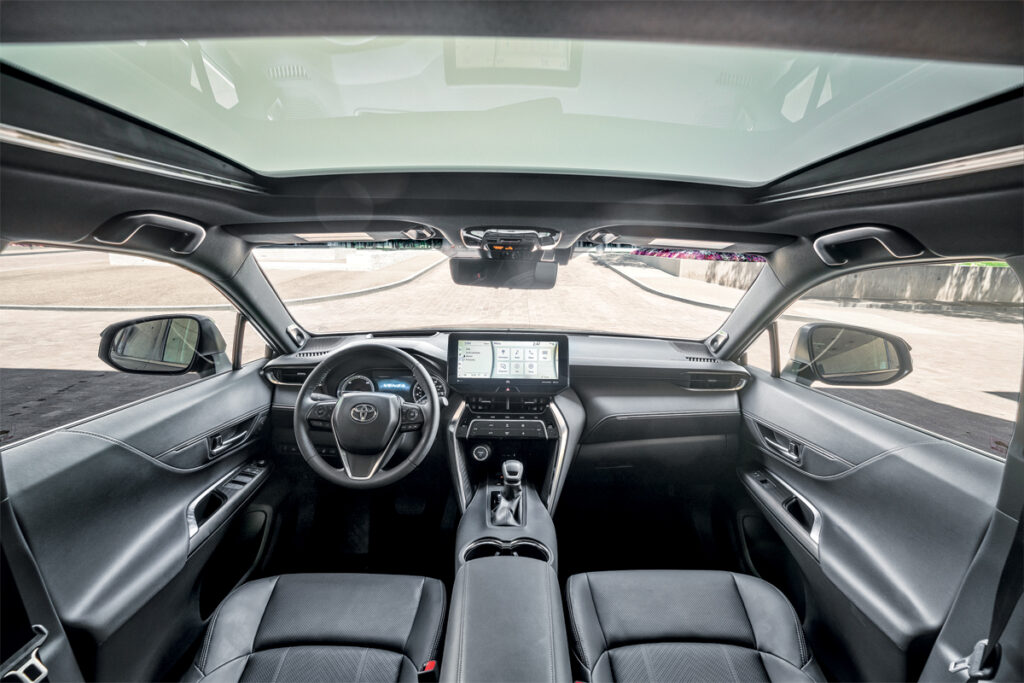
The touch-sensitive climate control panel is made of glossy black plastic, and I didn’t notice the optional heads-up display right away: the contrast is somewhat weak. Besides, the information displayed on it is not exactly vital.

Moving on: the optional seat ventilation is nice, especially since summer has already started in hot Florida. But why are the narrow buttons tucked next to the armrest release handle and light up in yellow and green instead of blue and red as usual?
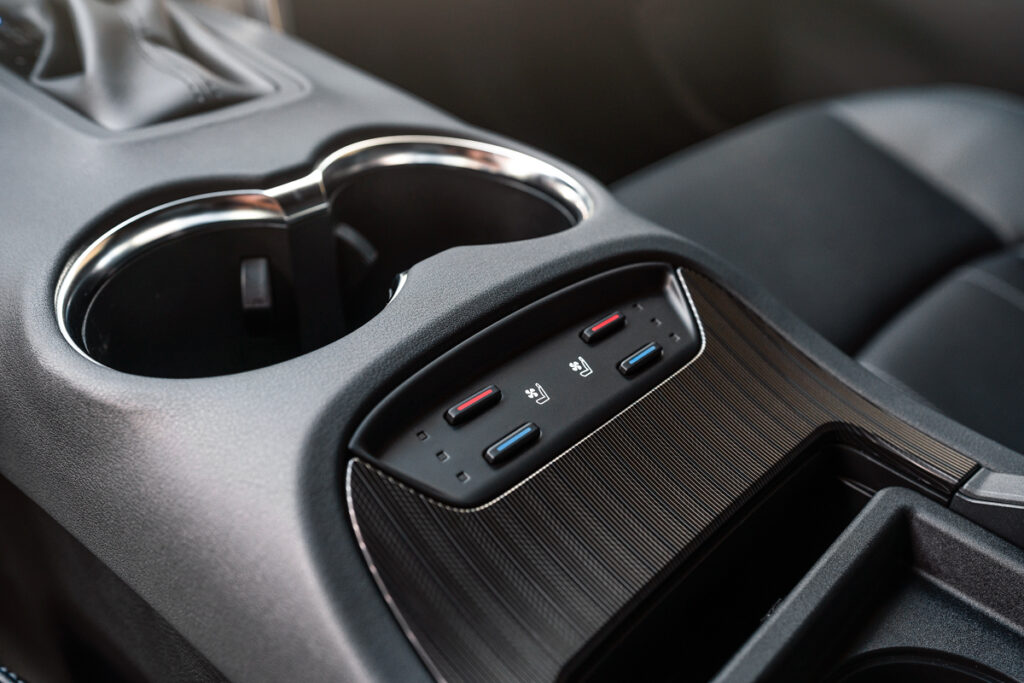
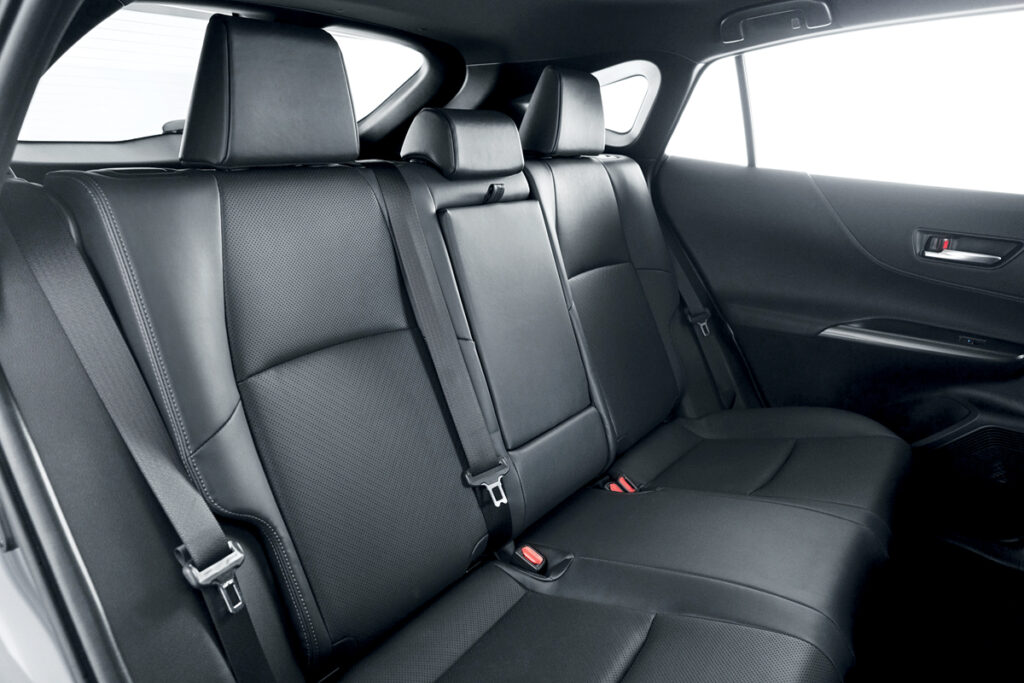
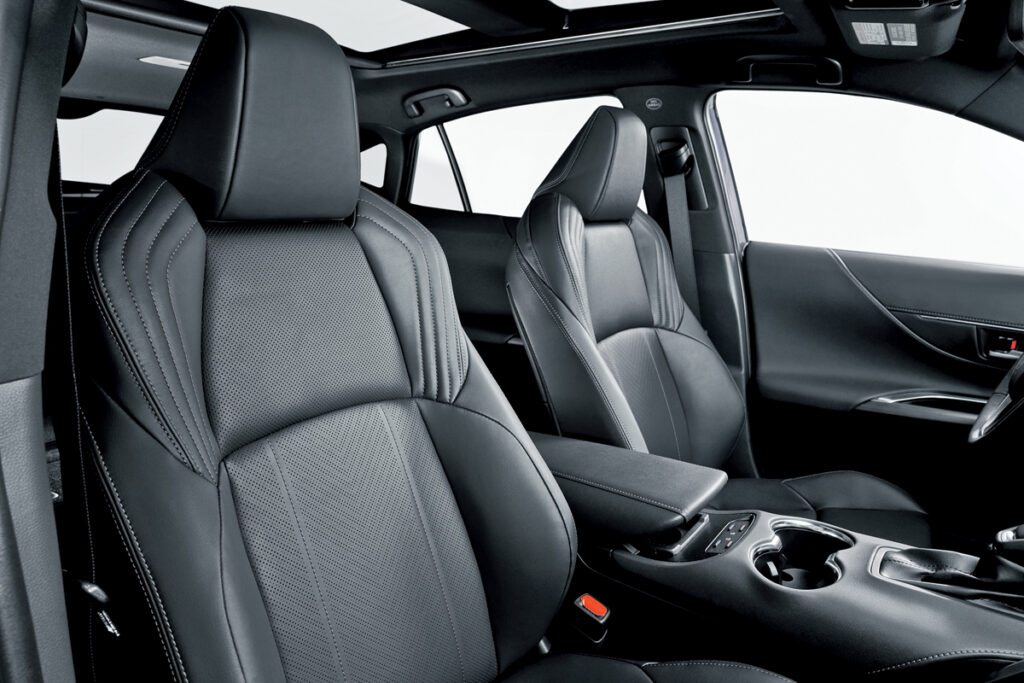
The start button is meekly tucked under the climate control, peering out lonely from beneath the phone charging slot. It can only be reached with a straight arm. Adjusting the temperature requires a single touch per degree, regardless of whether you use the climate control unit or the central touchscreen.
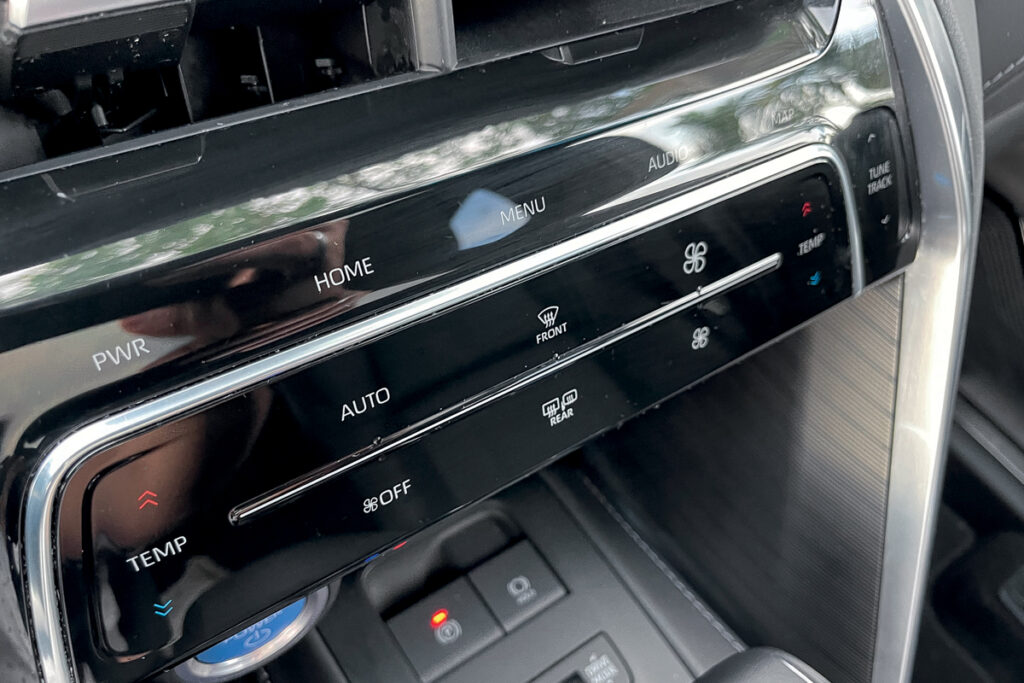

Speaking of multimedia system Toyota’s resolution and graphics is still laging behind most competitors. However, it is probably fair to apply the rule, “Don’t compare yourself with others, compare yourself with your former self.” Progress is evident: responses are lively, and delays are minimal. This might be because the processor doesn’t have to work too hard. The screen can be divided into zones and arranged in any order – for instance, by moving the navigation window closer to the driver. By tapping on one of the zones, you can enlarge it and make it dominant. Not bad, but about three years outdated. Also in keeping with a longstanding Toyota tradition.

Additionally, Venza has a unique feature that few can boast – an electrochromic panoramic roof glass. A single press of a button near the lighting unit, and the almost transparent roof turns into a window that looks like it’s shrouded in thick fog. There’s also a sliding shade available.
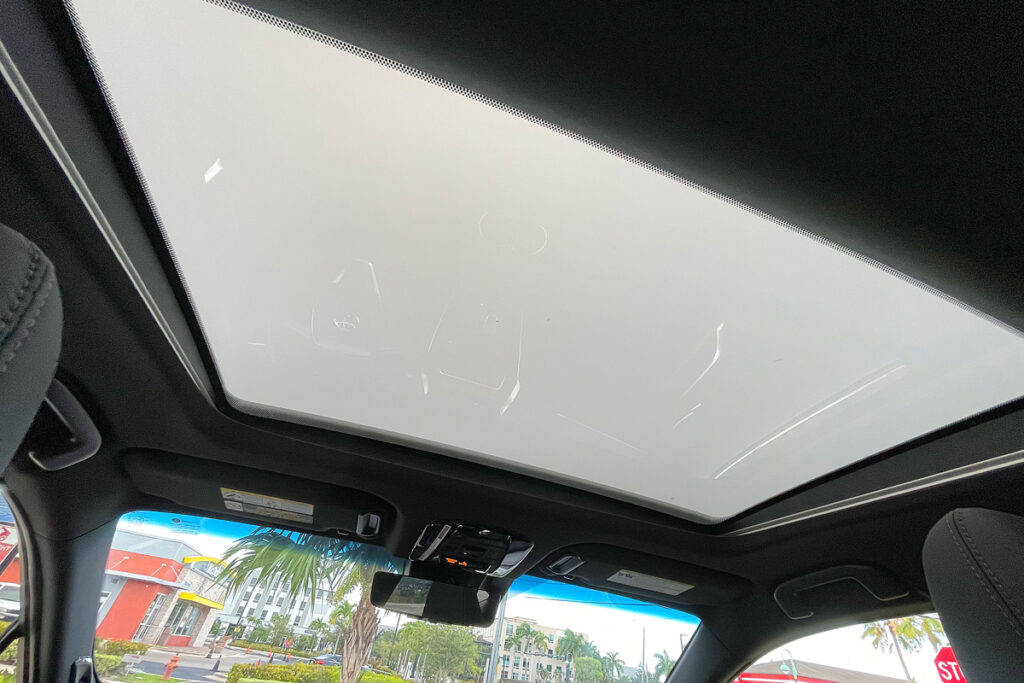

All the technology is well known to us: Venza is built on Toyota’s modular GA-K platform (TNGA), which underpins larger models, including the current generations of Camry and RAV4. At the front, there are McPherson struts, and at the back, there is a multi-link suspension.
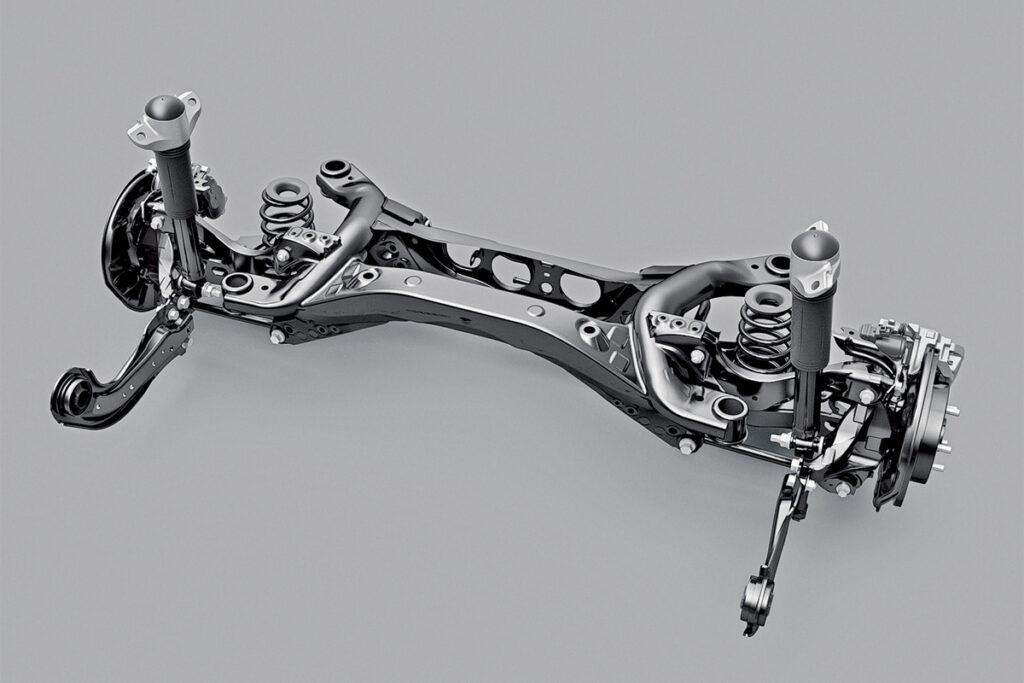
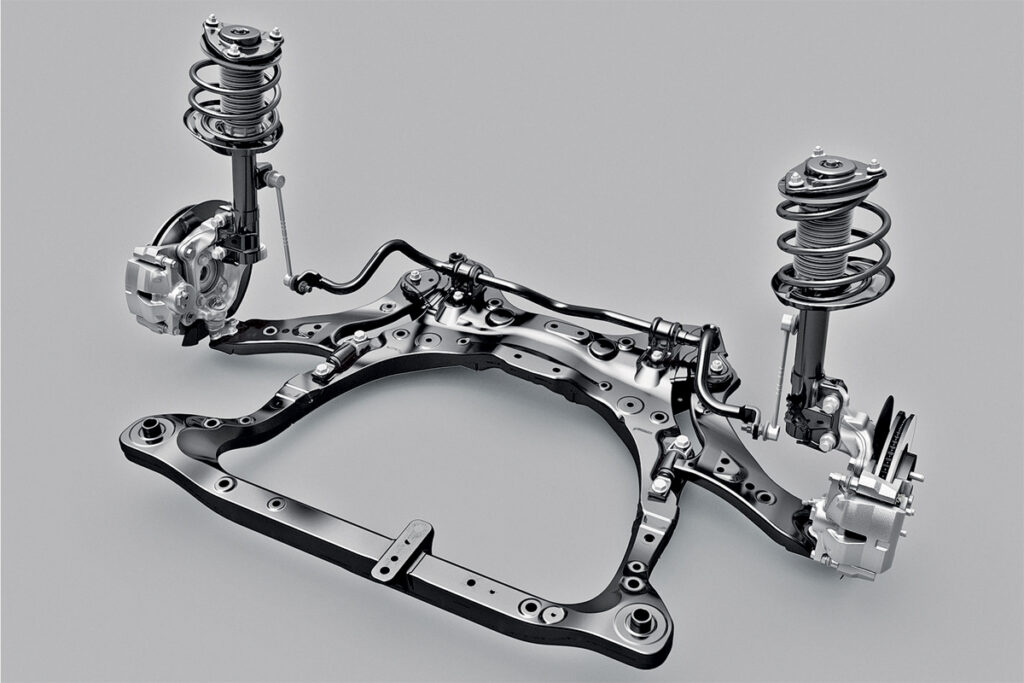
Under the hood is Toyota’s sole option, an electromechanical continuously variable transmission (CVT) with a naturally aspirated 2.5-liter inline-four, and a separate electric motor drives the rear axle. The nickel-metal hydride battery with a capacity of 0.9 kWh located under the rear seat operates solely as an energy storage, meaning that Venza is non-rechargeable and can only travel three to four kilometers in pure electric mode. The combined power output is a considerable 222 horsepower, and in Sport mode, the Venza can be quite dynamic, reaching 60 miles per hour (97 km/h) in 7.6 seconds according to independent measurements. However, it doesn’t provoke aggressive driving – you switch to Normal mode and cruise.

Among the new features is the Predictive Efficient Drive (PED) function, which analyzes the route and remembers locations where the car frequently brakes or stops in order to preemptively notify the driver to release the gas pedal for fuel savings the next time. Additionally, it optimizes the regenerative braking system, making more use of engine braking on descents. Even without this feature, during a three-hour drive in moderate mode, I easily achieved a fuel consumption of 40 miles per gallon, equivalent to 5.9 liters per 100 km. Not bad! Exactly half of what my Lexus RX 350 consumes.


There is also an electronic ACA (Active Cornering Assist) system on the options list, which counteracts understeer when braking in turns. But again – with such a calm demeanor, the ACA is unlikely to be engaged.

This is also facilitated by good ride smoothness. However, aerodynamic noise at the driver’s window is the first thing I heard when I got onto the highway. I haven’t observed this in modern cars for a long time. But otherwise, the Venza is quiet. Only occasionally does it bother with a tram-like electric whine, reminiscent of sounds from horror movies.

I returned the car, and there’s nothing to recall. It’s no surprise that if in 2021 the Venza sold 62,000 units in the US, just a year later sales fell almost by half. So what is the family curse of the Venza lineup? I think it’s that the RAV4 is very similar in format, initially more popular – and more affordable. If the hybrid RAV4 in the US costs from $31,225 to $39,530, the Venza is more than three thousand dollars pricier. And I find it hard to explain what you’re paying extra for.

Photos by Aleksey Dmitriyev and Toyota
This is a translation. You can read the original here: https://autoreview.ru/articles/pervaya-vstrecha/kotopes

